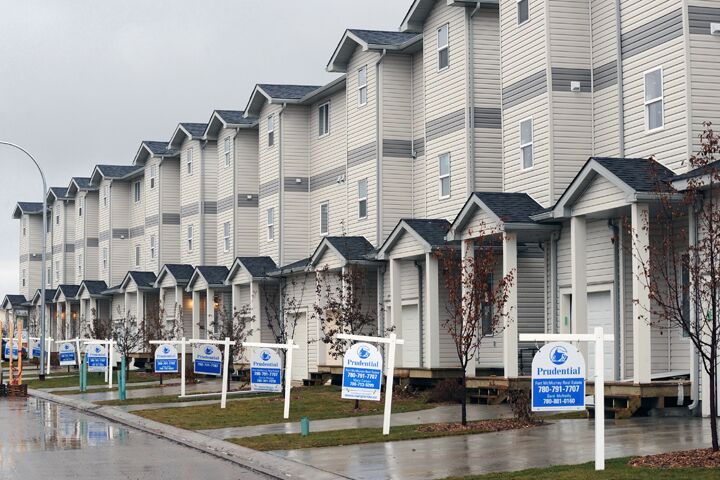
Canada’s Housing Bubble About to Pop?
House sales in Vancouver and Calgary are plummeting. Is the top in Canada’s ridiculously inflated housing bubble finally in?
The Globe and Mail reports that home sales in Vancouver plunged by 30 percent in June compared to one year ago. Sales were down 5.8 percent from May. Calgary saw even greater reductions in sales. In June, the Calgary Real Estate Board reported that single-family home sales were down 42 percent from a year earlier and down 16 percent from May.
In Toronto, realtors report a 23 percent drop in sales from last year.
“We have seen an unusual pattern of activity in the housing market over the past 12 months,” said Phil Soper, president and chief executive of Royal LePage Real Estate Services, concerning the housing market in Regina. “An expected increase in the supply of homes on the market will now bring stabilization in prices, and in some cities we will see both prices and unit sales decline towards the end of the year. This should not be interpreted as a severe correction but rather a natural reaction to the market having peaked quite early this year.”
Sitka Pacific Capital Management’s Mike Shedlock warns that the plummeting sales volume pattern is quite similar to how things cascaded in the United States once the housing bubble peaked. According to Shedlock, the housing collapse cascade pattern is:
“I am now confident the peak in Canadian housing insanity is finally in,” says Shedlock.
Canadian readers may want to take note of the calamitous events south of the border that ensued following America’s great housing bust. Millions of Americans are losing their homes and thousands of others are choosing to let the bank foreclose rather than spend decades paying for houses that are worth fractions of current market values. Hundreds of thousands of people associated with the construction, real-estate and mortgage-related industries found themselves out of work. This, plus the resultant credit crunch, caused a snowball effect that hit virtually every sector of the economy.
Three years after the peak, America’s economy is still down at least 8 million jobs (conservative estimate)—which is the equivalent of every man, woman and child in Vancouver, Calgary, Edmonton, Ottawa, Quebec City, and the provinces of Saskatchewan and Manitoba out of work. Many of these people have been without work for two years.
Canadians should prepare for a drastic downturn in the economy. It is coming. Begin by reading “Storm-Proof Your Financial House.”
